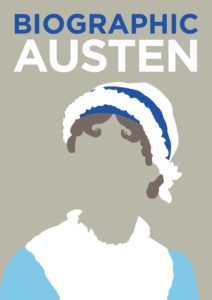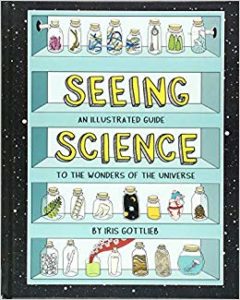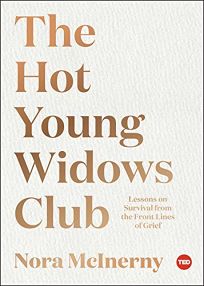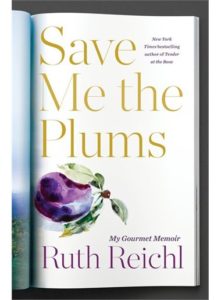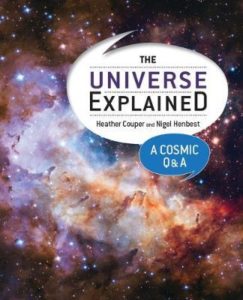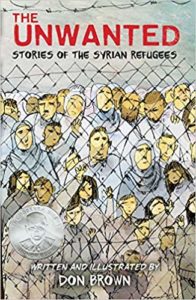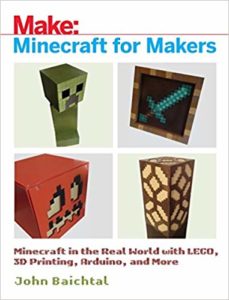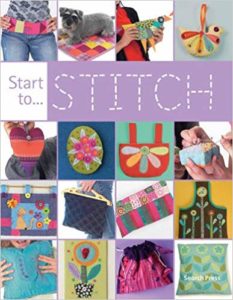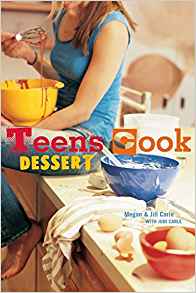Resources for Teen Drivers and Their Parents–2020 Update
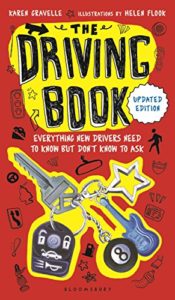
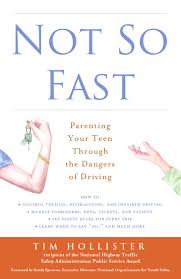 The Driving Book: Everything New Drivers Need to Know but Don’t Know to Ask by Karen Gravelle
The Driving Book: Everything New Drivers Need to Know but Don’t Know to Ask by Karen Gravelle
Not So Fast: Parenting Your Teen Through the Dangers of Driving by Tim Hollister and Pam Shadel Fischer
Driving-Tests.org, https://joplinpl.driving-
I’ve reviewed print and electronic resources for teen drivers once before. There has been a lot of interest in the topic this summer at the Teen Department, so I thought it would be a great time to look at additional titles for the driver’s ed. journey.
The Driving Book: Everything New Drivers Need to Know but Don’t Know to Ask is aimed at teen drivers (and drivers-to-be). The Library offers a print version in Teen Nonfiction and an e-book through OverDrive and its Libby app. In it, author Karen Gravelle takes on the concept of “you don’t know what you don’t know” as it applies to learning to drive.
Gravelle divides a wide, varied swath of information on the topic into manageable, bite-sized pieces for teens’ consumption. She addresses auto maintenance, liability, emergencies, fender benders, driving hazards, peer pressure, and interacting with police–everything from checking a car’s fluids to being a responsible passenger. Each topic is introduced with a clear description in bold type and surrounded with enough blank space to make reading quicker and easier. Amusing, mildly cheesy black-and-white drawings lighten the tone–much appreciated with the serious subject. Gravelle writes with a calm, soothing voice–also appreciated given the potential for anxiety with new drivers–moving from informing to warning to encouraging with ease. Most importantly, she doesn’t just tell teen drivers “no” but provides enough explanation to outline the potential consequences without going overboard on details. A really helpful feature are the real-life stories from new drivers, many of them cautionary tales, scattered throughout the book. Far less helpful, the author only mentions the danger of texting and driving twice.
Not So Fast: Parenting Your Teen Through the Dangers of Driving, is an informative, no-nonsense resource for parents of new drivers. It’s available in print in Adult Nonfiction and as an e-book through the Library’s Ebsco service. Authors Tim Hollister and Pam Shadel Fischer, experiencing a gap in preparation of new drivers, have crafted a pathway for parents before their teens get behind the wheel. Both authors have credible-yet-tragic backgrounds in this area. Hollister’s son, Reid, died in a single-car crash less than a year after he got his driver’s license. Despite being a nationally-known traffic safety advocate, Fischer watched her son, Zach, be involved in two crashes, nine days apart, less than six months after receiving his license.
Hollister and Fischer, naturally, focus on prevention and safety. They advocate for parental structure and boundary setting, teen accountability, and mutual communication. Understanding adolescent brain development and believing that parents know their children best, they urge parents not to solely rely on driver’s education or the state license bureau to provide all the information needed for new drivers. Instead, they offer credible facts to support their argument for driving preparation customized to teens and their situations. They give well-reasoned support to parents along with the tools to give their teens a good start. The supplementary resources–a list of websites for teen drivers and a sample “Parent-Teen Driving Agreement”–alone are worth picking up the book.
Driving-Tests.org is a one-stop study spot for the written driver’s test. One of its helpful offerings is the latest version of the Missouri Driver Guide: A Guide to Understanding Missouri Motor Vehicle Laws and Licensing Requirements, the official handbook for driver license information. It’s the practice tests that make this tool amazing. Questions cover material on the actual exam and are grouped according to difficulty. Some of the tests randomize their questions. Plus, there’s an entire section just for road sign identification. You can access this electronic study aid from the library’s website or directly at https://joplinpl.driving-
Stop by the Teen Desk for free, “grab and go” resources. We have paper copies of the Missouri Driver Guide and a handy bookmark outlining the steps of Missouri’s graduated license requirements. We also offer “Road Wise: Parent/Teen Safe Driving Guide”, published by the Missouri Department of Transportation, the Missouri State Highway Patrol, and the Missouri Coalition for Roadway Safety. “Road Wise” introduces the basics of driving–regulations, safety, maintenance, technique–in a more palatable, engaging format than other official publications. It’s a great place to start for teens and parents.
In addition, the library’s Teen Department has partnered with safety organization THINKFIRST Missouri to offer a free parent education program, First Impact, for the Joplin area. First Impact is a statewide initiative of ThinkFirst Missouri, part of the University of Missouri School of Medicine, Department of Physical Medicine & Rehabilitation, working with facilitators and law enforcement officers from across the state to equip parents and guardians of teens taking the wheel. First Impact’s presentation is designed to “teach parents about Missouri’s Graduated Driver License (GDL) law” and to “provide them with the tools they need to monitor, coach, and support their new teen driver”. Although the information is tailored for adults, teens are welcome.
First Impact’s presentation will be held virtually over Zoom on Tuesday, September 1, 2020, from 6:00-7:30 pm. There is no charge to attend, but registration is required to receive the Zoom link. Register by calling First Impact at (573) 884-3463 or online at https://www.eventbrite.com/e/


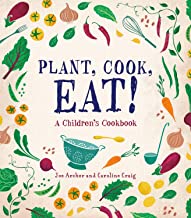
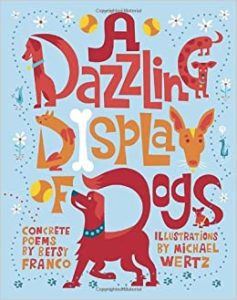
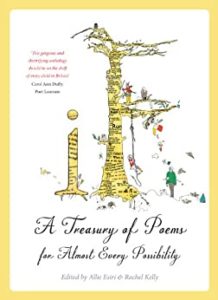 A Dazzling Display of Dogs by Betsy Franco, illustrations by Michael Wertz
A Dazzling Display of Dogs by Betsy Franco, illustrations by Michael Wertz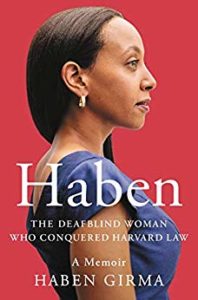 t
t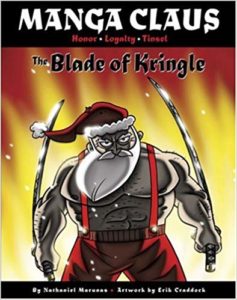 hings I like best about the holiday season are the stolen moments of quiet amidst the hustle and bustle–lovely, little gifts of reading or listening time when least expected, so I try to have a book of some sort at hand. Since Thanksgiving weekend, I’ve already managed to squeeze in some titles that were on my hold list. Here are two quick (and vastly different) reads I’ve recently enjoyed and am excited to share with you.
hings I like best about the holiday season are the stolen moments of quiet amidst the hustle and bustle–lovely, little gifts of reading or listening time when least expected, so I try to have a book of some sort at hand. Since Thanksgiving weekend, I’ve already managed to squeeze in some titles that were on my hold list. Here are two quick (and vastly different) reads I’ve recently enjoyed and am excited to share with you.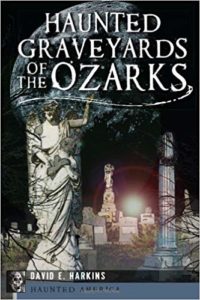
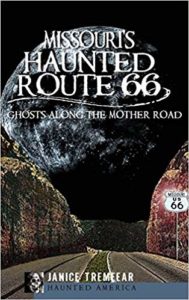
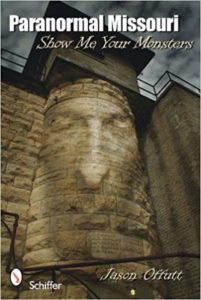 Haunted Graveyards of the Ozarks by David E. Harkins
Haunted Graveyards of the Ozarks by David E. Harkins